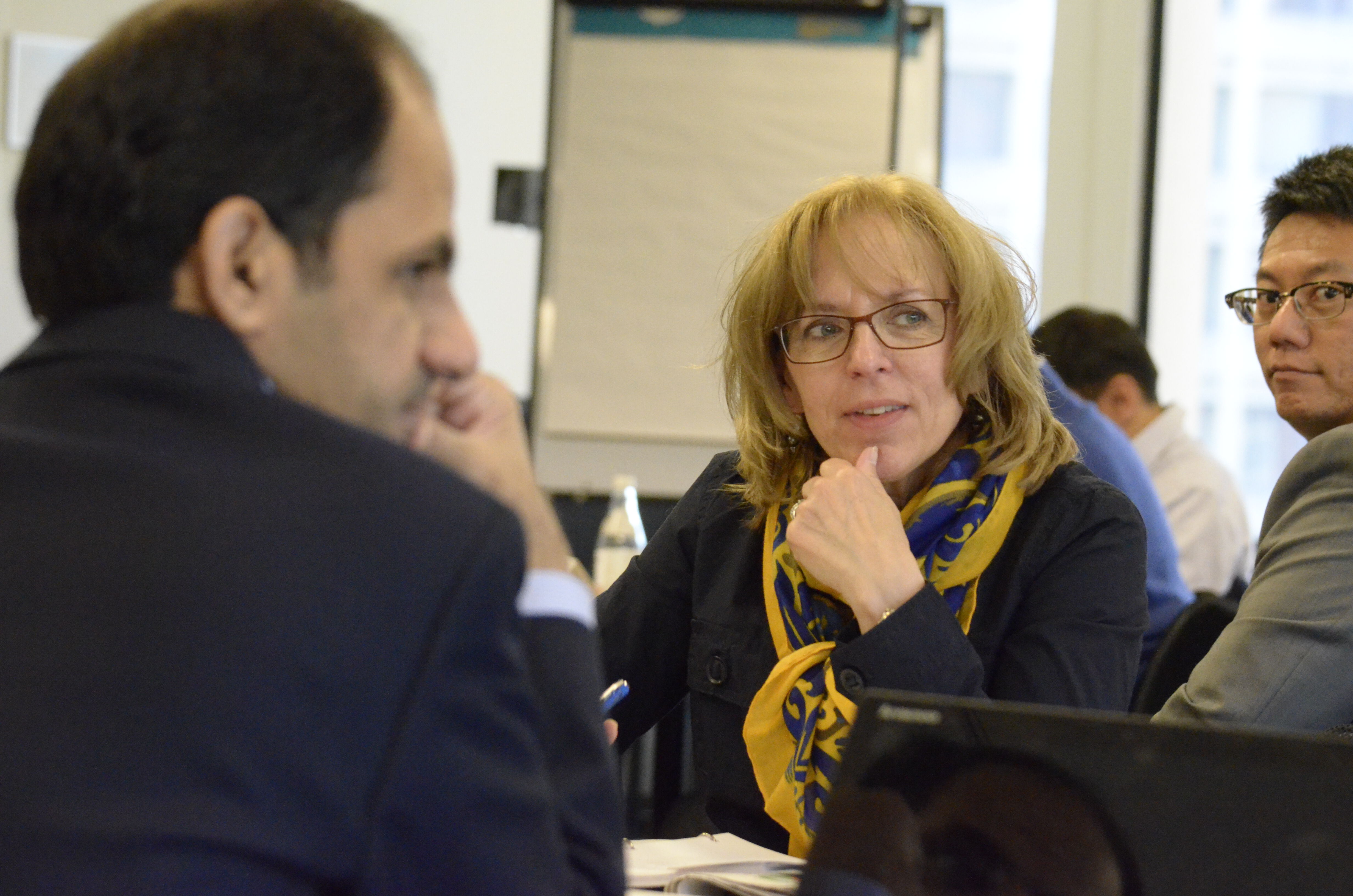For many, reaching the C-suite may seem like the pinnacle of success. But how do executives arrive at those top spots? What does it take to stay and thrive in the role? And what can we learn from the experience of others that can be applied to our own career paths?
Just as there are many incentives that drive an executive’s desire to land in the C-suite, so are there many potential paths to get there. That is especially true in today’s dynamic business environment, which demands that leaders be comfortable managing a state of constant change.
Veteran executive advisor and coach Cassandra Frangos, Ed.D. spent her career helping Fortune 500 companies assess and select C-suite executives. She shares her experiences and expertise with those seeking leadership positions in her recent book, Crack the C-Suite Code: How Successful Leaders Make It to the Top and in her two-day Executive Education program, Strategies for Career Development: Charting Your Path to the C-Suite. This course is currently offered live online using the Zoom platform.
Frangos also recently presented a webinar on the topic of reaching the C-suite. You can view this webinar here.
Four Common Paths to the C-Suite
Here are some of the more common paths to the top that Frangos shared during this discussion:
- Tenured Track: This is the most traditionally accepted route to the top. Tenured executives stay in a company and grow there, getting to the top through years of promotions, sponsorship, and experience.
- Free Agent: A free agent doesn’t necessarily have a path to the C-suite in their current company, so they are motivated to put their name out there and get recruited.
- Leapfrog Leader: Non-traditionally, leapfrog leaders leapfrog over layers of management. This is becoming more of a trend in recent years.
- Founder: Entrepreneurs who want to chart their own path typically follow the founder track. Founders take their years of experience and start their own venture.
A New Path
Additionally, there are new roles in the C-suite that did not exist 10 years ago, such as Chief Digital Officer (CDO) and Chief People Officer (CPO). A CDO combines information technology and other elements in the technology space. A CPO handles the human resources and people business. Additionally, a Chief Marketing Officer (CMO) in today’s digital economy is expected to have a deep understanding of the technology trends. As new roles emerge, there are more opportunities to land in the C-suite.
Position Yourself for the C-Suite
No matter which path you take, make sure you assess your personal brand within your organization, advises Frangos. In order to be considered for the C-suite, it’s important to take stock of your leadership qualities. Having a mindset of agility is important as well. Change in your brand doesn’t happen overnight, but it needs to be thoughtful and deliberate.
State Your Ambition
Many people never voice their desire to be a CEO, so it’s less likely to be considered. Ensure that your ambition is heard by surrounding yourself with the right sponsors who will help you get the right exposure. If you are not getting the right experience, you need to think through charting your own path.
Ready to take the next step?
In the MIT Sloan Executive Education program, Strategies for Career Development: Charting Your Path to the C-Suite, Frangos will help you better understand what strengths you will bring to the C-suite as well as provide you with a proven framework for finding your own path to the top. Because while you can’t possess every leadership capability, or foresee every shift in the external environment, you can carefully steer your own career and professional development. Frangos teaches the program alongside MIT Sloan Professor Roberto Fernandez. The next program session will be held live online in October.
Guest post by Courtney Burt








